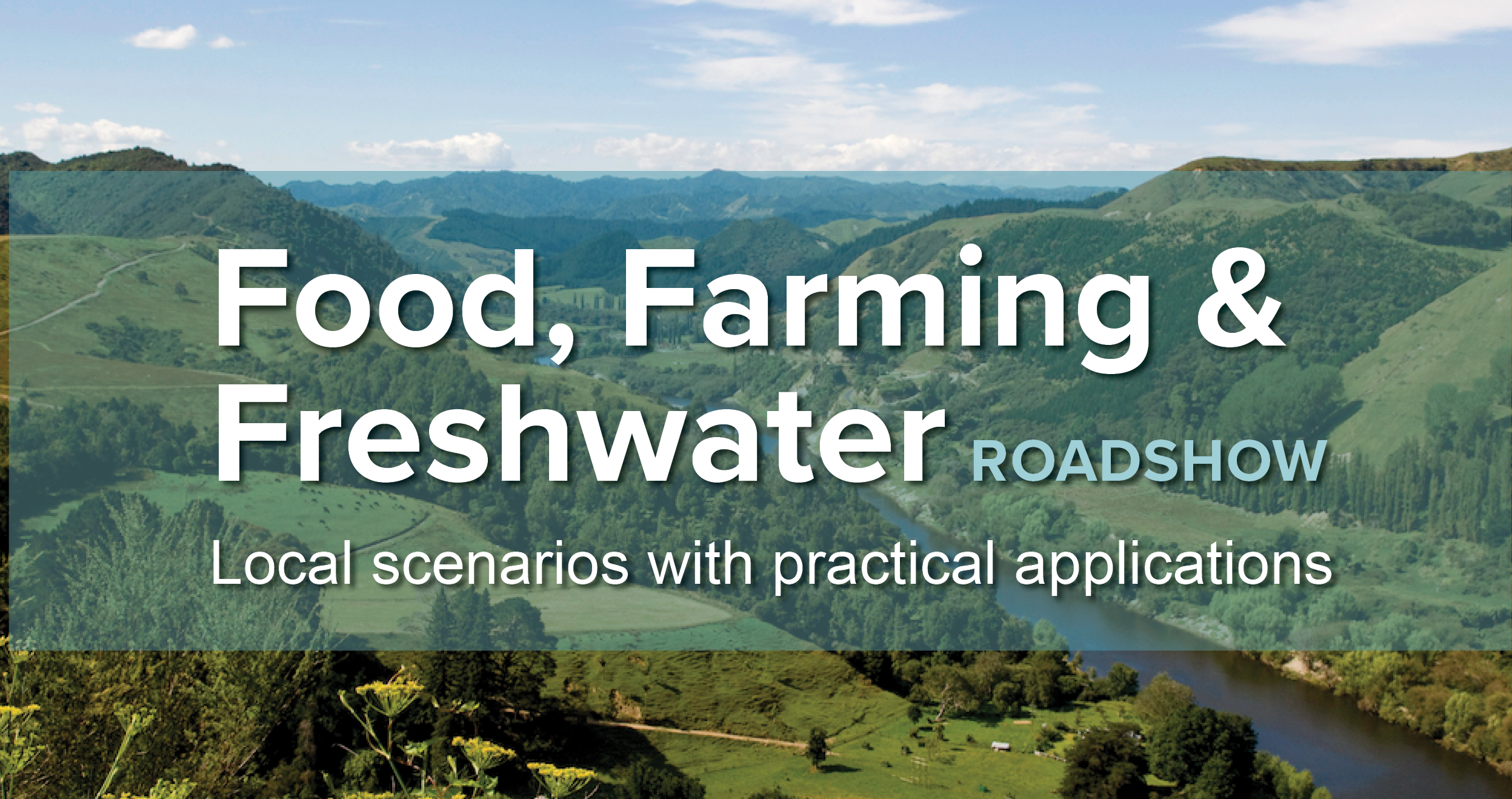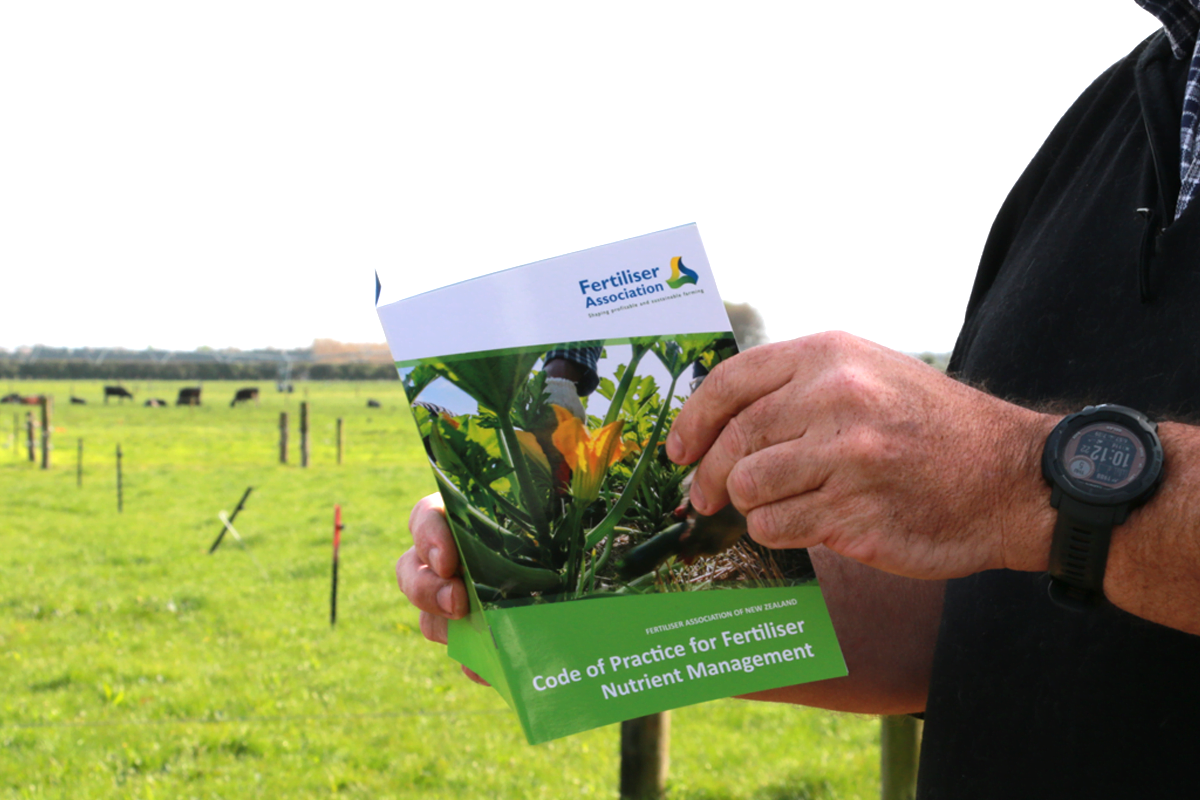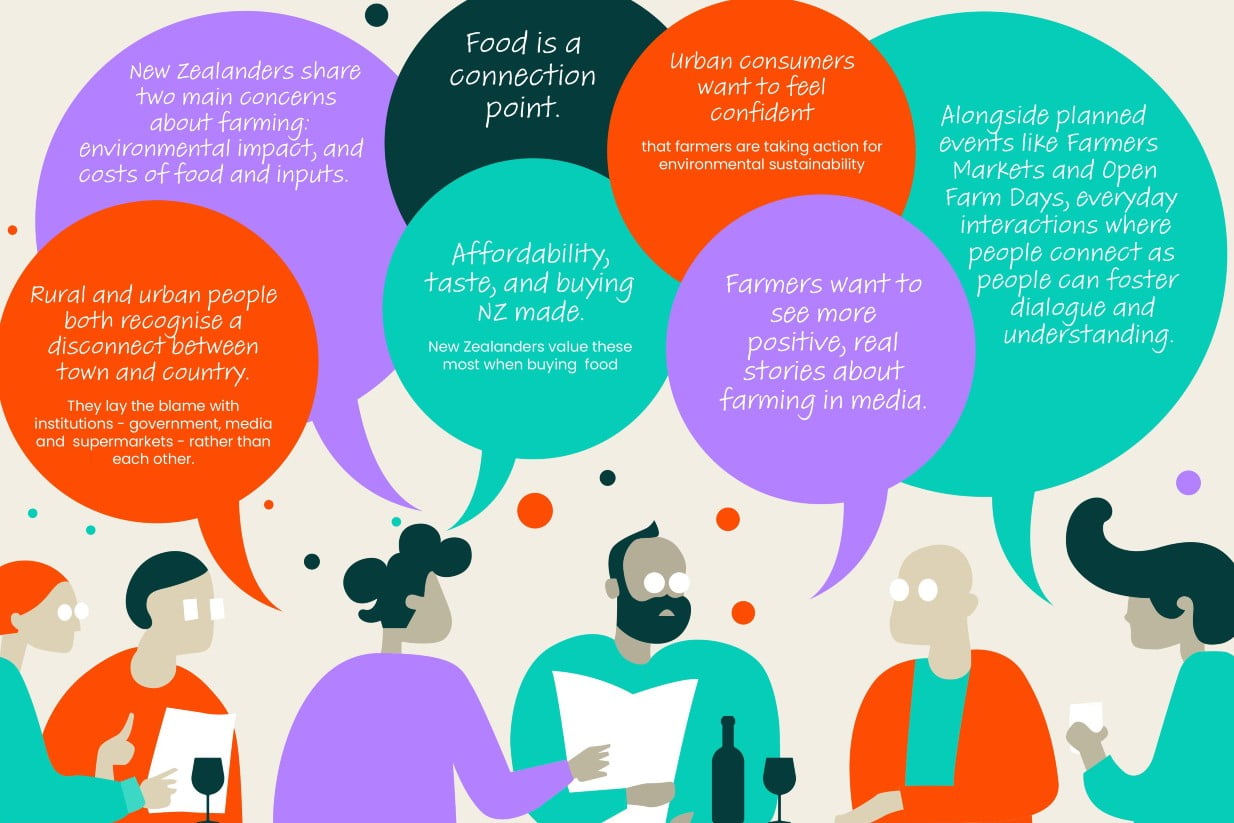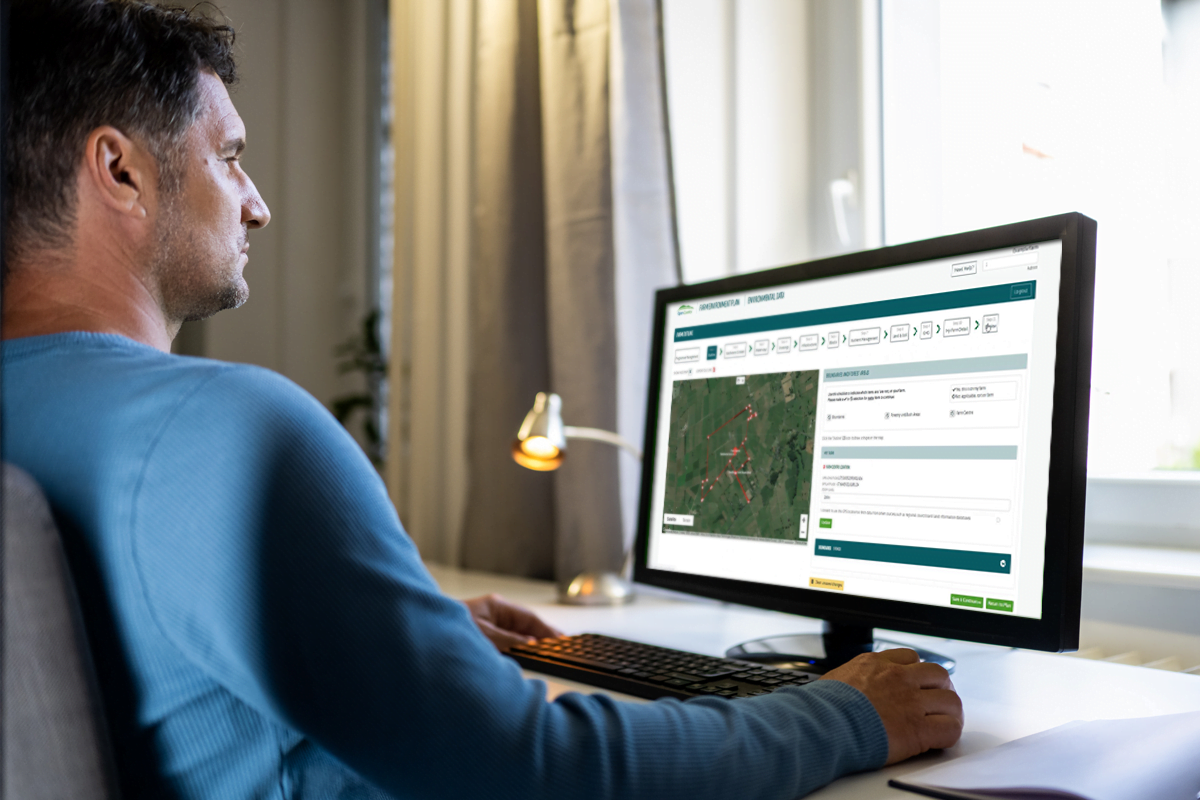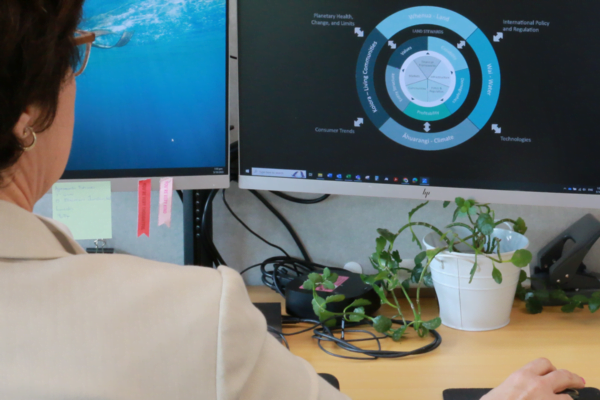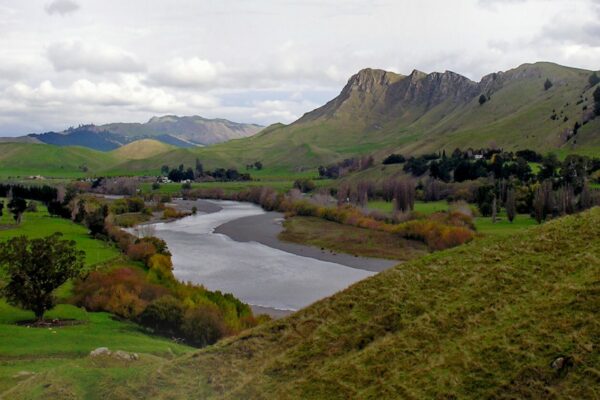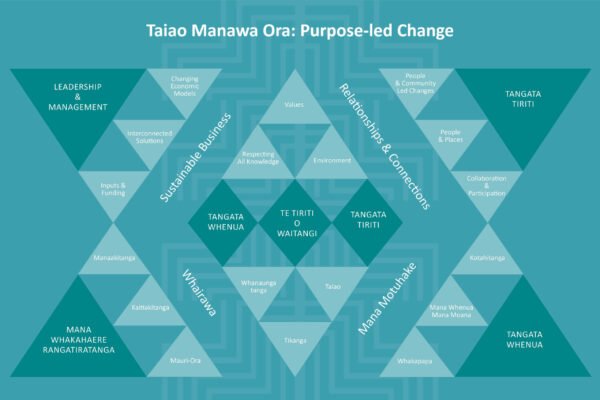Project Summaries

Impact of nitrogen fertiliser restriction
How are dairy farmers managing nitrogen inputs following the introduction of the 190 kg/ha synthetic nitrogen fertiliser limit in June 2020? To what extent has the limit reduced nitrogen leaching? Anecdotally, it appears the nitrogen fertiliser restriction is ‘working’ on some farms, but others may be negating its intended effect by bringing in extra supplementary feed. This project will analyse the impact of the 190kg N/ha restriction on 12 irrigated dairy farms in Canterbury and 3 farms in Southland, relative to its impact on nitrogen leaching, farm profitability, greenhouse gas emissions, and any change in farm management. The project will also produce farm management advice on optimising the use of nitrogen fertiliser and supplementary feed, while reducing nitrogen losses.
Rural Professional: Phil Journeaux (Journeaux Economics)
Project Team: Charlotte Glass (AgriMagic), Piripi Perry-Smith (AgriMagic), Michaela McLeod (Ag Evaluate), farmers TBC

Daffodil production for galantamine
Daffodils can produce a bioactive compound called galantamine, an active ingredient in Alzheimer’s medication. Production is currently centred in Wales, but year-round supply is needed. Small trials in New Zealand have indicated galantamine levels may be high enough to be economically viable. Sheep don't eat daffodils so they can be grown in pastures, creating an additional income stream for farmers. This project will use on-farm trials to determine the suitability of daffodil production on higher altitude South Island sheep farms, including an economic assessment and any effect on soil and pasture. A technique for micropropagation of daffodils will also be evaluated to ensure availability of bulbs.
Rural Professional: Nick Pyke (Leftfield Innovation)
Project Team: Michaela McLeod (Forages NZ), Travis Glare (Lincoln University), Kevin Stephens (Agroceuticals), Andy Elliot (Wakatū Incorporated), farmers TBC

Sustainable phosphate future
New Zealand pastoral soils are naturally low in phosphorus, so the application of phosphate fertiliser is essential to sustain productivity. But the use of phosphate has significant risks: phosphate pollution of rivers, and the insecurity of phosphate supply. This project will also address the environmental risk through an evaluation of strategies to promote more efficient and appropriate use of phosphate fertiliser, using a circular economy method. It will address supply risks with an analysis of the quality and environmental impact of sourcing phosphate from on-shore deposits in New Zealand.
Rural Professional: Julie Lambie (The Agribusiness Group)
Project Team: Dr Charles Merfield (Lincoln University BHU Future Farming Centre), Stuart Ford (The AgriBusiness Group), David Manhire (L&M Group)

Practical solutions to reduce farm emissions
The Dairy System Monitoring service has been collecting data from dozens of New Zealand dairy farms for 23 years. This provides a valuable insight into farm trends, such as the strong relationship between higher productivity and higher emissions (N, P, GHG). This project will interrogate this data to identify system variations, in current use, that allow dairy farms to achieve a measurable drop in emissions while maintaining a profitable business. The goal is to identify some robust system designs that are transferable to other farms. Eight farms in Southland, Canterbury, Manawatu and Waikato with potential to either reduce emissions or increase productivity will be directly (anonymously) involved in the project.
Rural Professional: Sarah Hawkins (Baker Ag)
Project Team: Chris Lewis (Baker Ag), Jeremy Savage (MRB), Clint Gulliver (AgFirst), Farmax, eight de-identified farmers

Cumulative impact of land-use diversification
Farmers in New Zealand are increasingly exploring new land-use opportunities to add income streams, build resilience to our changing climate, and respond to both water quality regulation and consumer demand for sustainable production. This project will work with three separate farm businesses within the Waiau Uwha catchment in North Canterbury, that are each assessing potential land-use changes. The team will assess the potential collective benefit of multiple changes across separate farms to benefit water quality in the catchment. Real farm data will also be used to model the economic impacts of these changes.
Rural Professional: Harry Millar (Rural Consulting)
Project Team: Josh Brown (Rural Consulting), John and Maury Penno (Leaft/Okoura Foods), Greg Dryden (Fruition Horticulture), Matt Gardner (Edale Farms), Grant Florance (Chamrousse Farming), Duncan Rutherford (Leslie Hills Partnership).

Cow collar evaluation
Early adopters are investing in ‘wearable’ sensor devices for cattle that monitor and transmit data about each cow’s health and movements. These cow collars can help cattle farmers manage herds remotely, and have potential to protect waterways by creating virtual fencing. This project will conduct an independent investigation of the advantages and disadvantages of cow collars technologies to the whole farm system, to inform those considering adopting this technology. The project will also identify other technologies with the potential to integrate well with cow collars.
Rural Professional: Liz Dooley
Project Team: Iona McCarthy (Massey University), Rachel and Hamish Hammond (farmers)

Strategic grazing for legume persistence
Legumes in pasture provide high-quality food for animals and nitrogen fixation. However, on New Zealand’s 6 million hectares of hill country, legume content can be maintained through regular oversowing (broadcasting seed onto paddocks, often accompanied by fertiliser). Could legumes be encouraged to persist in hill-country pasture by implementing strategic grazing techniques, such as deferring grazing for a short period over summer and grazing intensively in spring? This project will undertake a field study on a Waikato hill country farm. Two North Island beef and sheep hill country farms will also be modelled to understand how oversowing, spring grazing, and summer spelling affect production and profitability.
Rural Professional: Blake Gunn (Agricom)
Project Team: Allen Coster (Mataiwhetu Station), Paul Anselmi (Mataiwhetu Station), Angee Nagra (Agricom), Brett Te Whare (Aramiro Station), Grant Rennie (AgResearch), Graeme Doole (AgResearch), Katherine Tozer (AgResearch), Lee Tane (AgResearch), Maryann Staincliffe (AgResearch), Ian Tarbotton (Balance), Jen Corkran (Barenbrug NZ), Steve Howarth (AgFirst)

Dairy effluent systems for high-rainfall areas
It is very challenging to manage dairy effluent in a sustainable way in high-rainfall areas, particularly those on slopes or with other high-risk soils. Many dairy farms near Mt Taranaki are at imminent risk of becoming non-compliant without more effective way to manage their dairy effluent. Working with three or four case study farms in Taranaki, this project aims to develop and pilot practical solutions for high-rainfall dairy effluent systems. The results of this research will be applicable to dairy farmers in other areas that experience similar challenges, such as the South Island’s west coast, and parts of Northland.
Rural Professional: James Allen (AgFirst)
Project Team: Davieth Verheij (AgFirst Engineering), Lauren McEldowney (AgFirst Taranaki)

Winter grazing on strip-till fodderbeet
Some research has shown that winter grazing on fodderbeet could result in less greenhouse gases compared to other forage crops – but could a strip-till cultivation method further improve environmental outcomes? Some farmers testing strip-till methods have observed less soil compaction and similar yields. This project will measure runoff to establish whether strip-till cultivation effects nitrogen, phosphorus, and sediment movement. It will also conduct a financial comparison of the methods, and assess the feasibility of strip-till technology being more widely adopted in Aotearoa.
Rural Professional: Megan Fitzgerald (Tambo)
Project Team: Anna Vaughan (Tambo), Jim Earl (farmer), Richie Turner (farmer), Seth Laurenson (AgResearch), Simon Bailey (Frames Grain and Seed)

Agroforestry on irrigated dairy farms
Could agroforestry systems benefit the dryland corners of irrigated Canterbury dairy farms? These constitute over 35,000ha in Canterbury and provide a unique opportunity to diversify the dominant farming sector in this region. This project will work with farmers to understand the current appetite and understanding of agroforestry (the deliberate integration of trees within a livestock grazing system), including enablers and barriers to change. Two farms will collaborate as case study locations, with the project team producing a visual tool to integrate data with a farm map. An economic feasibility study will also be carried out for each farm.
Rural Professional: Kyle Wills (WSP)
Project Team: Dr Sandra Velarde Pajares (WSP), Dr Electra Kalaugher (WSP), Nathan Capper (WSP), Dr Istvan Hajdu (WSP), Lisa Arnold (WSP), Sam Spencer-Bower (farmer), Logan Robertson (Ngāi Tahu Farming Limited), Erin Harvie (Waimakariri Landcare Trust)
 View Our Strategy Document 2019 – 2024
View Our Strategy Document 2019 – 2024
